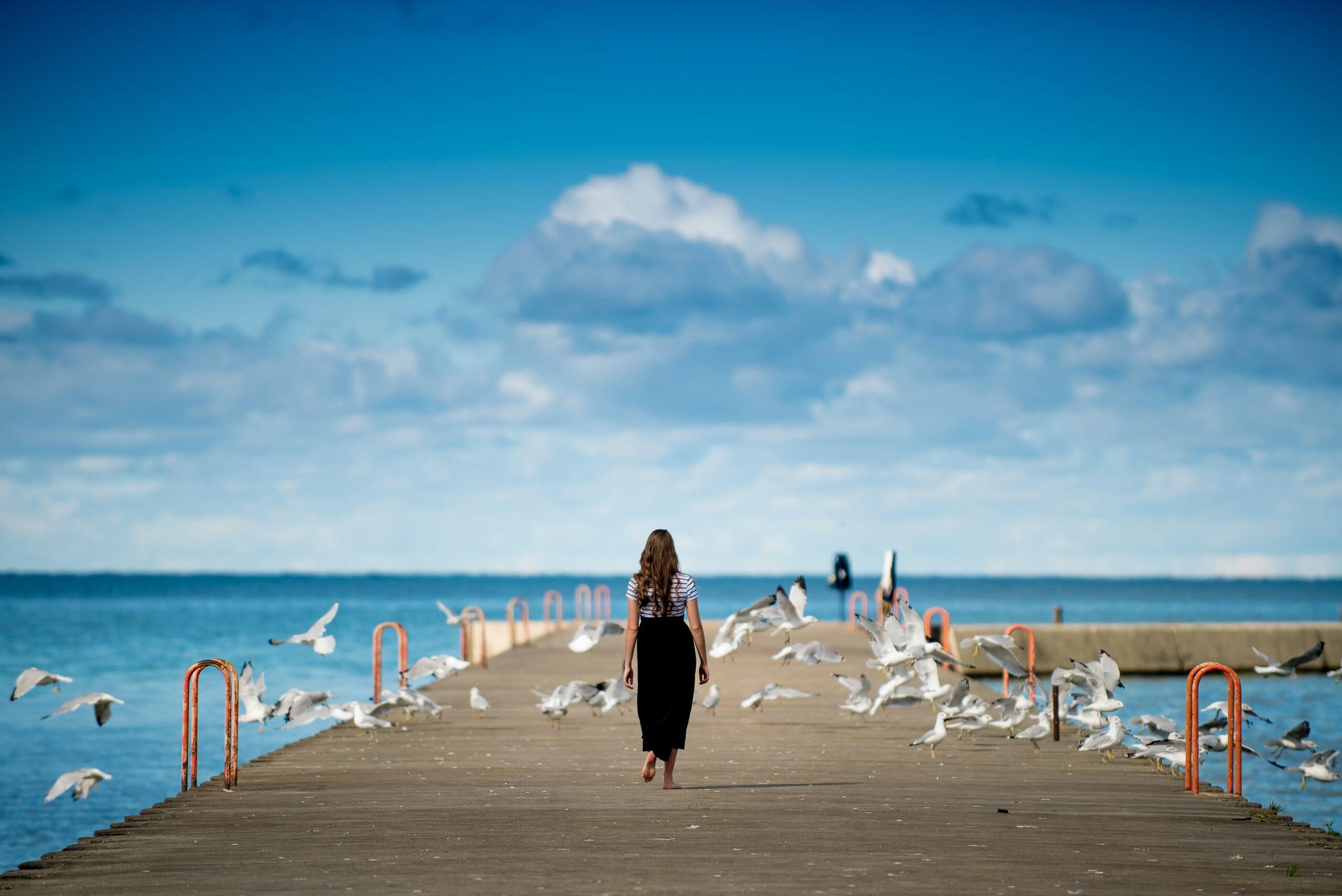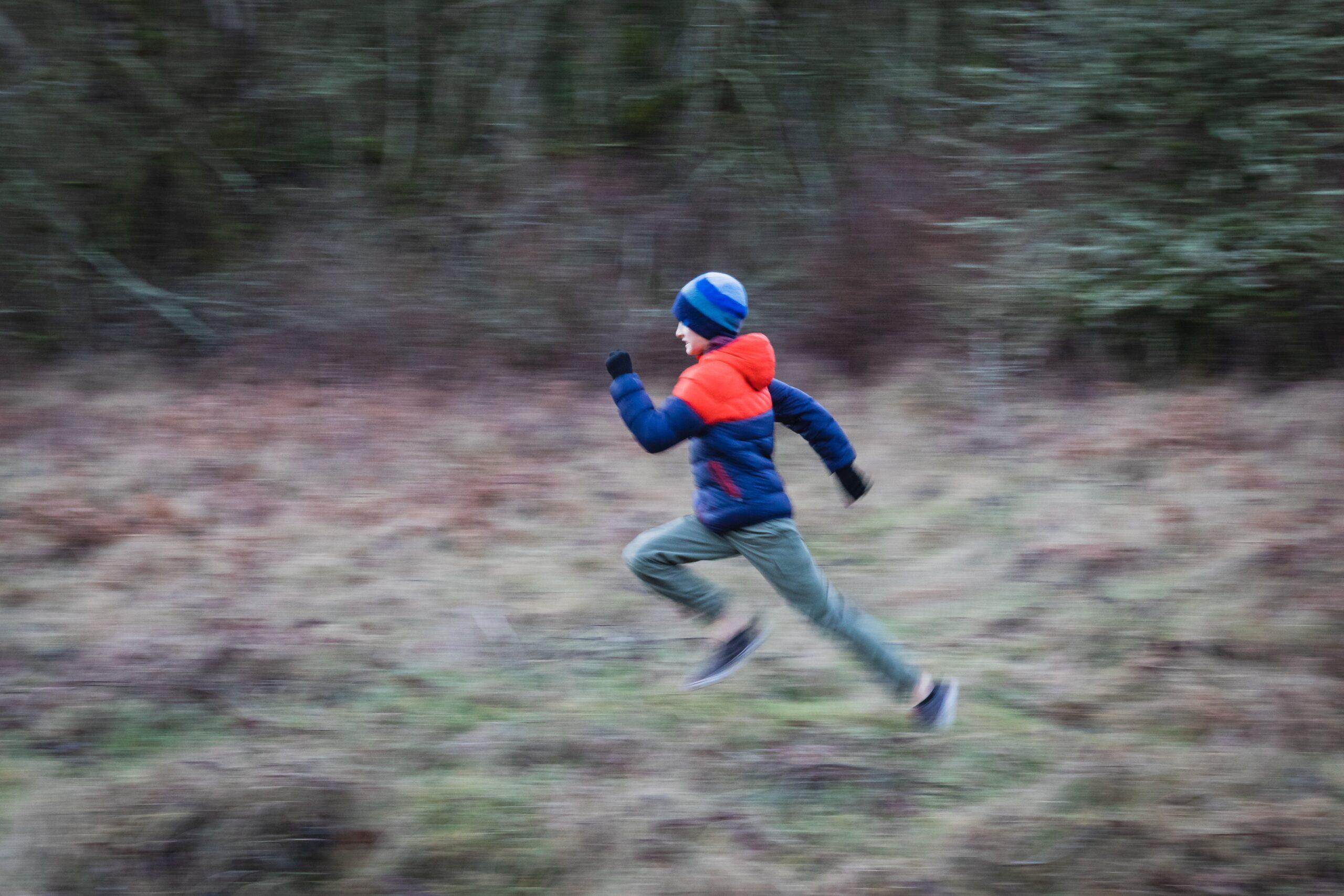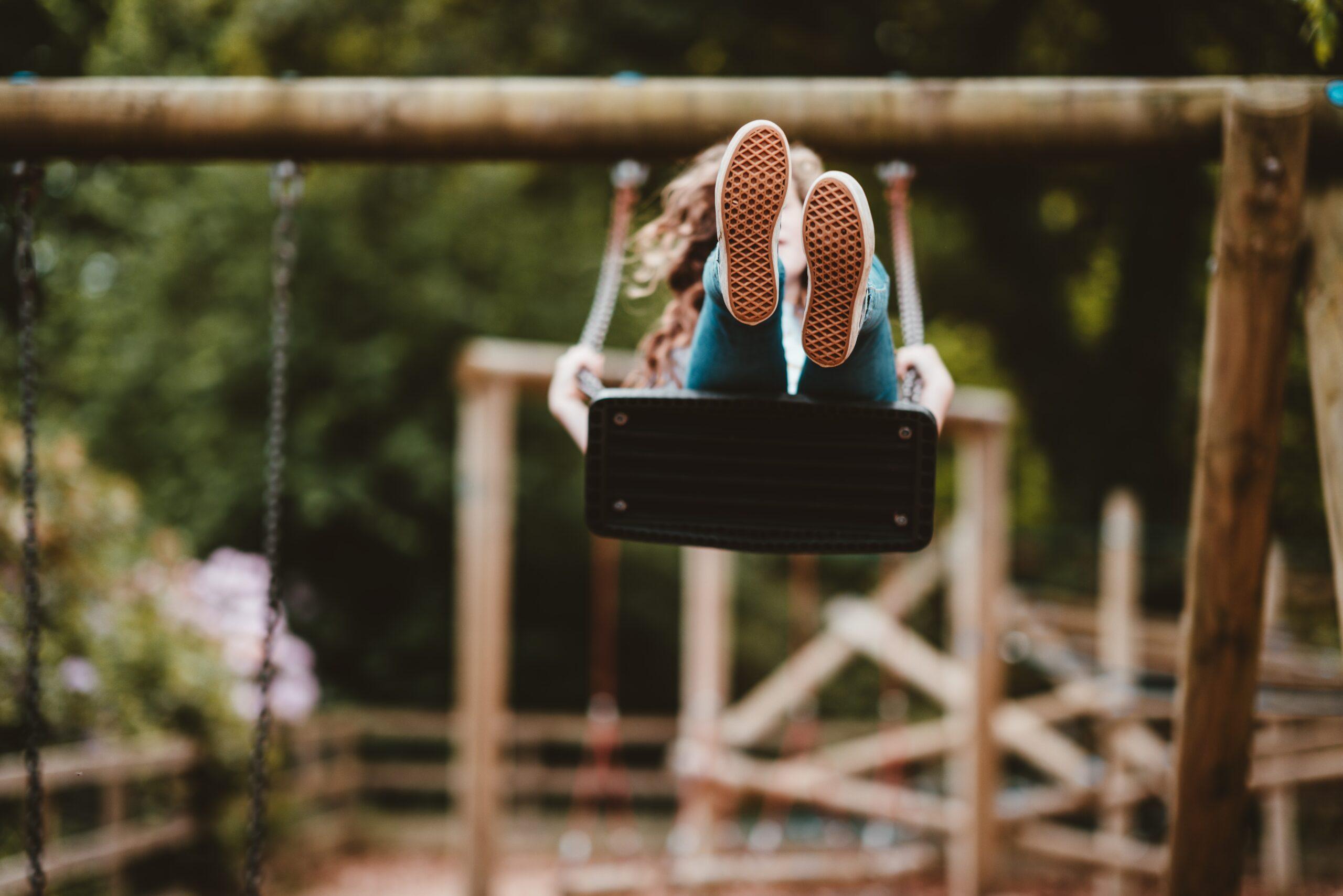Once upon a time, children preferred to play outside and refrained from staying indoors. Never sitting still for long, children skipped, galloped, climbed trees, jumped rope, played hopscotch and rode their bicycles for blocks. They ran screaming through each other’s yards and down the middle of the streets. They played touch football, hide-and-seek and tag. They raced each other to the slide and swings, chased butterflies and got filthy rolling around on the ground. It’s no wonder that no one worried about them getting enough exercise!
Today, most children play not on the slides and swings, but on the computer. Modern kids generally watch TV and DVDs. And they don’t walk, let alone run, as we did to and from school. Contemporary children take the bus or their parents drive them to school. Parents drive their kids everywhere these days! And during the school day? Well, physical education and recess, which we had daily, are fast going the way of the dinosaurs.
The reasons for such drastic changes? For one, there has been a shift in educational priorities from the active learning of children to the “accountability” of schools. And because the prevailing belief is that the mind and body are separate entities— and that the functions of the mind are currently considered superior to those of the body— many adults fail to see the educational value of play and movement. As a result, today’s children are often expected to sit still and learn, rather than explore the world through play.
At the same time that educational priorities were shifting, parental priorities were changing, too. Achievements increasingly trumped active experiences, giving children less and less time to play. Also came the space and safety factor. Even if they continued to have the time and opportunity to play, most modern children lack the open fields, empty lots and traffic-free streets that were available to their predecessors. This means that should contemporary children venture outdoors, there’s no room to roam.
Rhonda Clements, professor of education at Manhattanville College and former president of the American Association for the Child’s Right to Play, sees the following as problems:
- In many parts of the country, city planners aren’t required to ensure outdoor play areas.
- Many municipal recreation areas post “keep off the grass” signs, as if the green vegetation is only to be admired from afar.
- Crowded apartment dwellings force children to be quiet, and building cooperative boards instill rules preventing children from playing in certain areas.
The results of all these changes affect our children’s childhood in many ways. Along with “nature-deficit disorder,” a phrase coined by Richard Louv, author of Last Child in the Woods (Algonquin Books), there are health repercussions. Outdoors, children can practice and refine their emerging motor skills, like running and jumping. Such activities strengthen bones and muscles, improve aerobic endurance, and stimulate growth of the heart, lungs and other vital organs. And while outdoors, children are likely to burn calories— an easy antidote to fight the frightening problem of childhood obesity.
The consequences of a generation of children suffering from nature-deficit disorder and poorly developed motor skills have yet to be seen. But, we do know that among the staggering consequences of overweight and obese children are shorter life spans, increasing heart disease risk factors evident in preschoolers and, according to the Centers for Disease Control, the possibility that one in three American children born in the year 2000 will develop type 2 diabetes— formerly called adult-onset diabetes because it was rarely seen in children.
Clearly, these trends cannot continue. Our children’s health depends on it! The future must involve a return to play and physical activity during childhood. The first step toward change must again be a shift in priorities, on the home front and within communities. Parents, educators and policy makers must realize that the mind and body are interrelated and that children need to play and move in order to function optimally— both physically and intellectually. This way, at home and school, children may get a healthy, daily dose of play and physical activity, preferably outside. Among other things, let’s bring back recess and physical education as regular parts of the school day.
Communities must also become movement friendly! That means the future will grant places to bike and walk, rather than just roads for driving. In addition, we’ll need more safe, well-supervised parks and playgrounds. According to the National Program for Playground Safety, public playgrounds often are not what they ought to be in terms of design, maintenance and supervision.
Because parents comprise one-third of potential voters, they can and should use their considerable power to influence policy makers. Whether advocating for recess, physical education, safe playgrounds or pedestrian-friendly communities, parents can entice politicians to care about what parents care about.
We may not be able to return to the “good old days” of play and physical activity. However, we can take steps to ensure a more playful, healthy and well-rounded tomorrow for our children.
- Let’s Get Moving. In the past, physical activity was a naturally occurring part of the day. Today, we have to plan for exercise. Following are tips to encourage your children to remain physically active through the years.
- Turn off the TV. Some studies show children are being electronically entertained an average of five to six hours a day. Without electronics, kids will have to find other ways to keep themselves entertained.
- Play with your children. Blow bubbles for children to chase, play tag and hide-and-seek, put on upbeat songs and boogie in the living room, or break out the pots and pans to lead a parade around the house.
- Start the exercise incentive. Take your children to parks, playgrounds and beaches. Accompany the clan on hikes, bike rides and skating sessions during weekends on vacations.
- Give action-packed gifts. For birthdays and special celebrations, choose presents like hula hoops, sports balls in a variety of textures and sizes, pool accessories, roller blades and other sporting equipment. When shopping for games, Twister has more to offer than a board game. And CDs with lively music are better choices than movie videos.
- Organize neighborhood sports and competitions. Don’t expect team sports to take care of your child’s physical activity needs. There’s more waiting than moving in most structured, adult-directed games.
- Serve as a role model. Participate in physical activity yourself— cheerfully!




